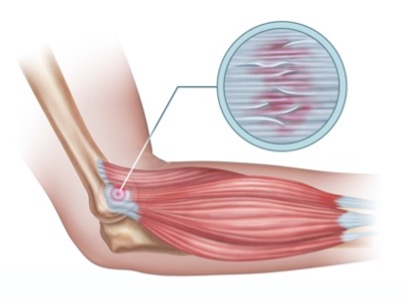A System and Method for the In-Vitro, Guided, Self-Organization of Myotendinuous Junctions
TECHNOLOGY NUMBER: 3561

OVERVIEW
Advanced 3D constructs for muscle strain repair with robust myotendinous junctions.
- Enhances tensile strength of muscle-tendon attachment points
- Sports injury recovery, rehabilitation, tissue engineering research
BACKGROUND
Muscle strains are prevalent injuries, especially among athletes, with the most common being hamstring and pectoralis major muscle strains. Typically occurring at the myotendinous junction (MTJ)—the weakest part of the muscle—these strains are caused by excessive stretch or tension. Historically, treatments have included rest, physical therapy, and sometimes surgery, yet these approaches often have limitations such as prolonged recovery times and incomplete healing. Existing technologies for muscle repair, like autografts or synthetic scaffolds, frequently fail at the attachment points when exposed to prolonged tension, making them less durable and effective. Consequently, there is a critical need for improved methods to manage and repair muscle strains that can withstand the physical demands placed on them.
INNOVATION
University of Michigan researchers have developed innovative 3D skeletal muscle constructs that co-culture with either engineered or self-organized tendon constructs, creating robust myotendinous junctions. This approach not only mimics the structural features and protein expression patterns of neonatal MTJs but also withstands tensile loading beyond typical physiological strain ranges. Additionally, these constructs feature functional neuromuscular junctions capable of electrically stimulated contraction. These advancements make the technology particularly valuable for repairing muscle strain injuries, with potential applications extending to sports injury recovery, enhanced rehabilitation protocols, and advancing tissue engineering research.